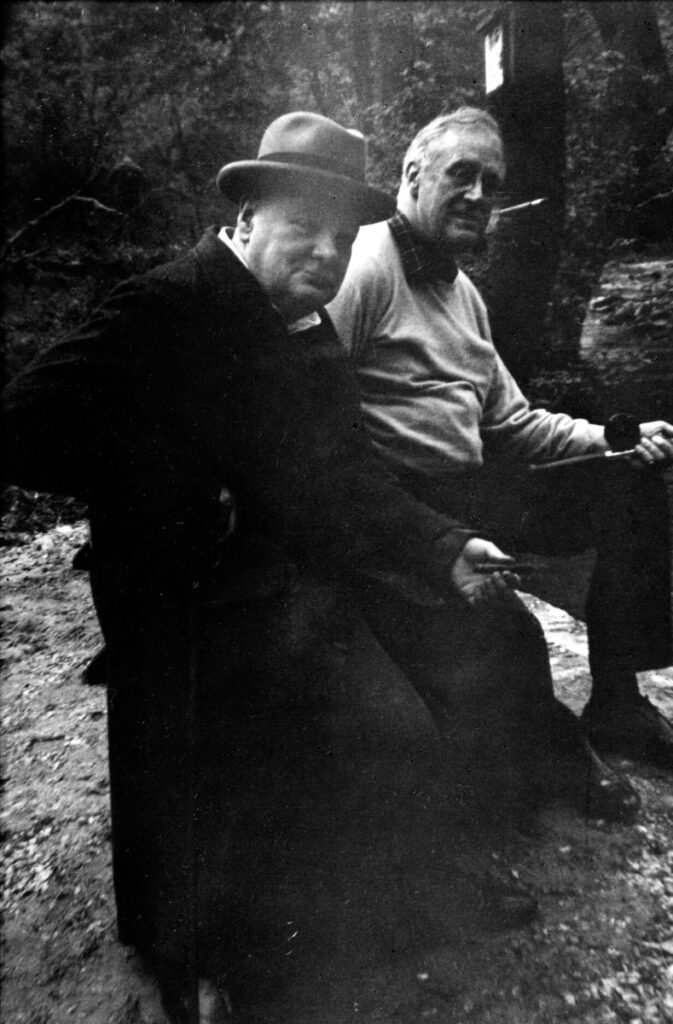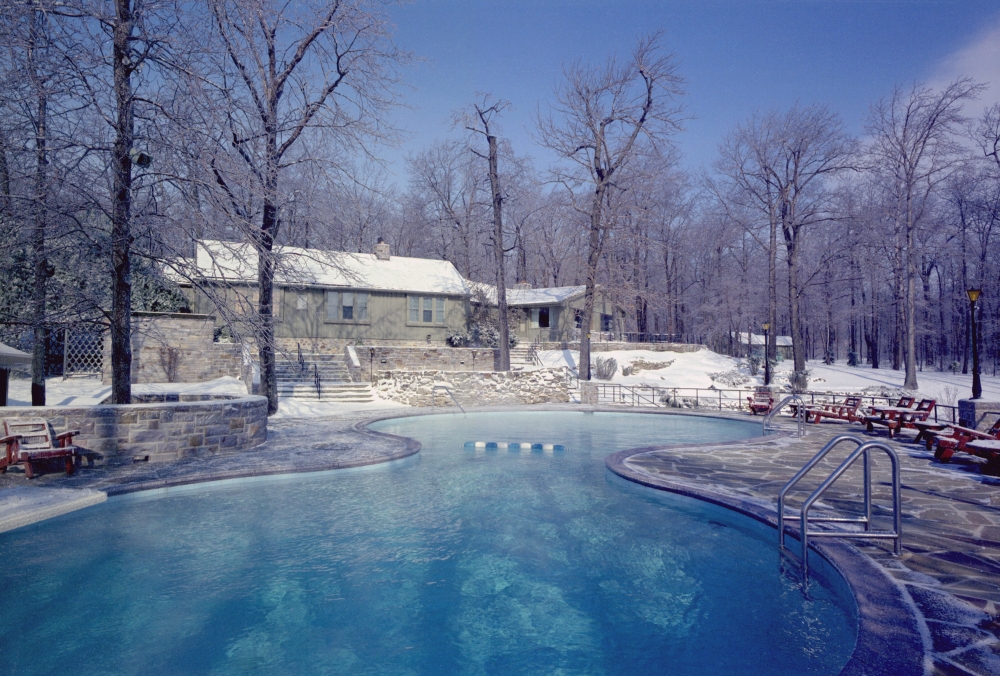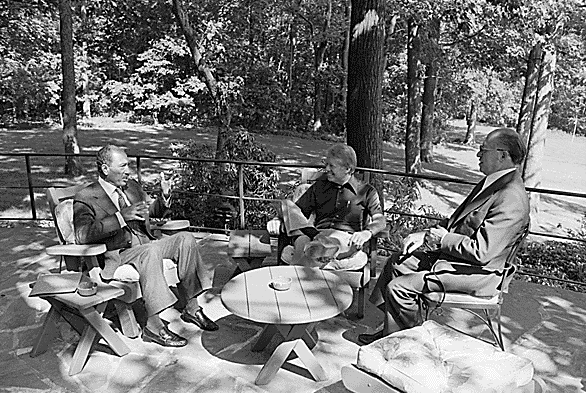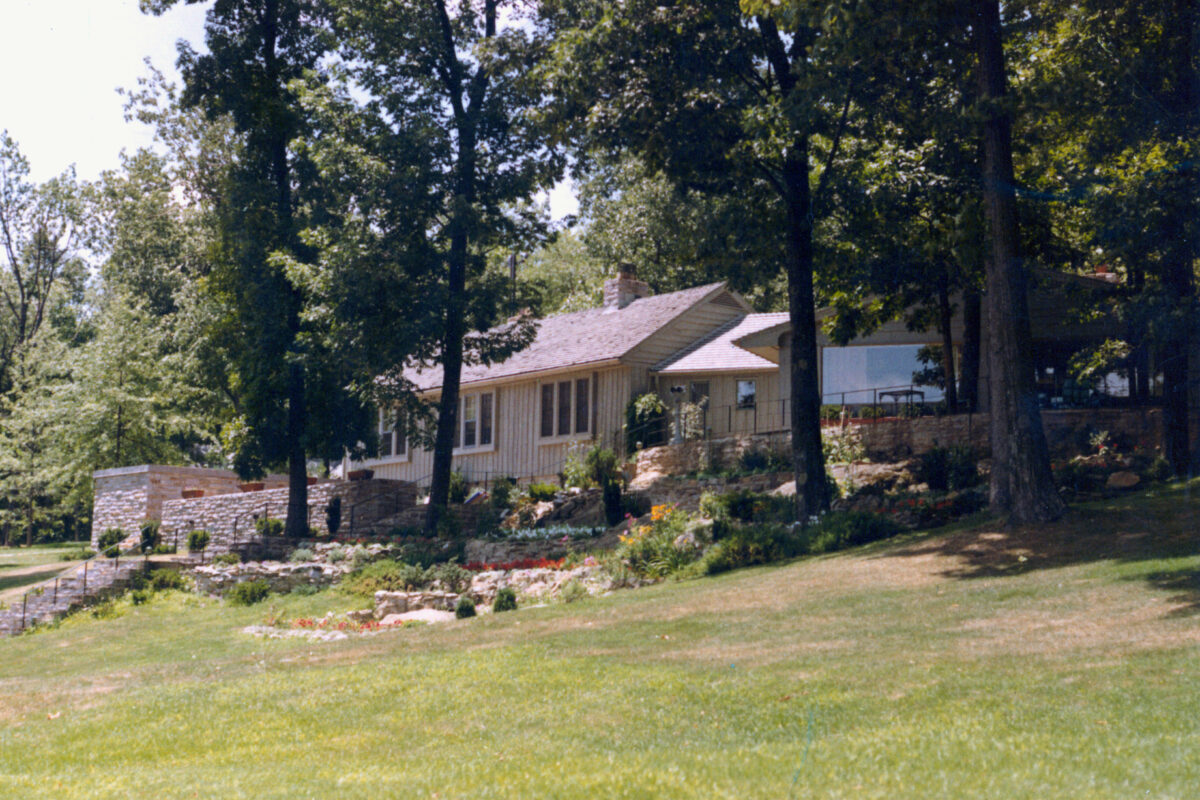Editor’s Note: This article is published here for educational purposes only from information published in the public domain on the web –
Secret Vistas –
By Glynn Wilson –
CATOCTIN MOUNTAINS, Md. — The birds arise first. They will sing you awake if you let them.
The star singer here is the wood thrush, although during this spring migration, the indigo bunting, scarlet tanager, red-eyed vereo and American redstart join in the morning orchestration along with the robins, blue jays, red-bellied woodpeckers and the other usual suspects.
As the sun rises in the ash, sugar maple and tulip poplar trees, the people crawl out of their tents and get the fires going again, to fend off the morning chill and get the coffee and breakfast going. On the weekends, the cries and shouts of children can drown out the bird song, young people learning to have fun out in nature.
This same ritual happens all over the country in national parks and other outdoor spaces at this time of year. Yet there is something special about waking up in a national park campground by a babbling brook, wild brook trout or no trout.
To heal yourself and the world, as they like to talk about in the “On Being” show broadcast on NPR, like they did this Sunday morning, immersing yourself in nature could be a critical factor for all of us to to get our minds right for the challenges ahead.
“The mind is its own place, and in itself — Can make a Heaven of Hell, a Hell of Heaven,” wrote John Milton in Paradise Lost.
Even presidents need an escape from the work and noise of a city and a place to think and plan. So for the past 82 years, many U.S. president have escaped to these woods at Camp David.
Talk about a Secret Vista, the National Park Service, which owns and manages the property, doesn’t list it on official maps. There’s no sign at the entrance on Park Central Road, and the trails of Catoctin Mountain Park don’t even connect to the Appalachian Trail, which passes through here just up the road from the Owens Creek Campground.
As Colleen Shogan wrote for the White House Historical Association: “Sixty miles outside of Washington, D.C. is a rustic wilderness retreat that serves presidents and first families as a secluded getaway from the White House.”
Searching for a secure place in nature to escape Washington on weekends and holidays, President Roosevelt directed the National Park Service in the 1930s to identify sites within one hundred miles of the White House that might serve as an alternative respite for the president. They identified “Camp Hi-Cacoctin” — a high point near the easternmost rampart of the Blue Ridge Mountains, part of the Appalachian range, originally built from 1935 to 1938 as a camp for federal employees, agents and their families during the Great Depression by the Works Progress Administration (WPA) under Franklin Delano Roosevelt’s New Deal.
On April 22, 1942, FDR visited the place and ultimately renamed it Shangri-La for it’s beauty in the woods of western Maryland, east of Hagerstown and north of Frederick in the Catoctin Mountains, near the towns of Thurmont and Smithsburg and sharing the woods with Cunningham Falls State Park.
President Herbert Hoover set the precedent for such a place with his Camp Rapidan, now part of the Shenandoah National Park in Virginia, where he liked to fish the small, meandering mountain streams for wild brook trout.
Related: Herbert Hoover’s Camp Rapidan Tour, Shenandoah National Park
It might have remained a federal employee recreation spot if not for World War II. Roosevelt was using a presidential yacht, the USS Potomac, for relaxation on the Potomac River near Washington and the Atlantic Ocean. After the United States entered the war, however, military and Secret Service officials became concerned about the president’s safety on the open waters of the Atlantic due to threats of German U-boats.
So the camp officially became a U.S. Naval installation, operated by a Navy Mess crew and guarded by the Marines. Roosevelt named it “Shangri-La,” a name he drew from the James Hilton novel, The Lost Horizon. He began spending time here during the summer of 1942 for relaxation and ultimatley international diplomacy.
Roosevelt had the main cabin renovated so that an extra-wide door was cut into the wall outside his bedroom, enabling a mechanical ramp for a wheelchair. During the war, security was maximized surrounding Shangri-La, with an alarmed fence and 100 Marines onsite when the president was in residence.
Reportedly Roosevelt’s favorite spot at Shangri-La was the closed-in porch of his presidential cabin. He sat there to think and also enjoy an evening cocktail. With his own doghouse next to the presidential cabin, FDR’s dog Fala, a Scottish Terrier, often joined him.
Roosevelt decided the camp would be a great place to host foreign leaders, following what Hoover had done at Camp Rapidan.
Most famously, Winston Churchill, the British prime minister, visited with Roosevelt at Shangri-La twice. In 1943, the main topic of conversation was early planning for the 1944 D-Day invasion.
Roosevelt also hosted Princess Martha of Norway and Princess Julianna of the Netherlands at the camp in his 19 recorded visits. He reportedly spent 64 days here during his presidency, including his last recorded visit on July 9, 1944, when the president was joined by his longtime paramour, Lucy Mercer Rutherford.
That was never covered by the press in those halcyon days, however.

This black and white photo is of President Franklin D. Roosevelt fishing in a stream, accompanied by British Prime Minister Winston Churchill: Franklin D. Roosevelt Presidential Library and Museum/NARA
After President Dwight D. Eisenhower was elected in 1952, he renamed the presidential retreat Camp David after his grandson. The popular war general and Republican President thought the name Shangri-La was “just a little fancy for a Kansas farm boy.” Mrs. Eisenhower also named the presidential cabin “Aspen,” which remains its designation today.
In 1957 (the year I was born), Eisenhower added a helicopter landing site, which shortened the trip from the White House to only 30 minutes.
After the failed Bay of Pigs operation in Cuba, President John F. Kennedy invited former President Dwight Eisenhower to Camp David in April 1961 for a private consultation. This was Eisenhower’s 50th and final trip to Camp David.
Subsequent presidents made important additions, including Harry Truman, who spent less time than FDR at Shangri-La during his presidency. But he did make it a permanent federal facility, adding heat to the cabins to allow for use in winter.

Maryland Presidential Retreat. Camp David Lodge and swimming pool in the winter. Ca. 1969-74. White House Photo Office. NARA ARC Holdings, Nixon Presidential Materials: Commons Licensing – Public Domain
In his day, another Republican President, Richard Nixon, had a heated swimming pool added adjacent to the president’s cabin. Ronald Reagan drew up plans for a non-denominational chapel, which was opened during his tenure and was named Evergreen. The only wedding to take place at Camp David occurred on June 27, 1992 when President George Bush’s daughter, Doro, married Bobby Koch at Evergreen Chapel. The reception was held on the lawn of Aspen.
While at Camp David, on April 29, 1973, President Richard Nixon asked for the resignations of two top aides, John Ehrlichman and H.R. Haldeman. The Watergate firings, which had an almost “Shakespearean quality” to them some said, took place adjacent to the tulip garden of Aspen Lodge.
In addition to the presidential cabin, there are approximately a dozen guest cabins at Camp David. A main cabin, called Laurel Lodge, provides three conference rooms, a dining room, and a small presidential office. Most diplomatic meetings take place here.
Several presidents used the Laurel Lodge presidential office and its nearby outdoor patio as a location to issue a weekly presidential radio address. Hickory Lodge houses indoor recreational activities as well as a grill, bar, and gift shop. Holly Cabin provides smaller meeting rooms and recreational space.
Over the years, presidents followed in FDR’s footsteps and used Camp David as a place to host foreign leaders and heads of state.
In 1959, Eisenhower welcomed Soviet Premier Nikita Khrushchev at Camp David for two days, the first visit of a Soviet leader on United States soil. After the visit, in which the two leaders watched American westerns, visited the camp’s recreation center, and dined on steak, Khrushchev coined the term “the spirit of Camp David.”
It came to refer to unofficial diplomatic cooperation short of an official, signed agreement. The détente, unfortunately, only lasted less than a year before an American U-2 spy plane was shot down over the Soviet Union.

Anwar Sadat and Menachem Begin greet each other before initial talks at Camp David, along with Jimmy Carter and Rosalynn Carter on September 7, 1978: Jimmy Carter Presidential Library and Museum/NARA
President Jimmy Carter from Georgia hosted perhaps the most famous diplomatic negotiations at Camp David in September 1978 when Egyptian President Anwar Sadat and Israeli Prime Minister Menachem Begin spent 13 days at the retreat. After a series of trilateral and bilateral talks, the result was a “framework for peace” in the Middle East agreed upon by all parties involved.
The setting significantly influenced the results of the discussions. Camp David shielded Sadat and Begin from outside influences, including the pesky press. It also afforded recreational opportunities. Sadat reportedly walked the trails every morning, and 58 movies were watched during the almost two-week stay at the camp.
President Ronald Reagan didn’t host many foreign visitors at Camp David, but he did welcome British Prime Minister Margaret Thatcher in 1984. In a private meeting with Reagan, Thatcher recounted the recent visit of up-and-coming Soviet leader Mikhail Gorbachev to London. Her observations would prove quite prescient; she called Gorbachev an “unusual Russian.”
During the presidency of George W. Bush, Russian President Vladimir Putin visited the camp. Putin described Camp David in his public remarks as “tranquil.” Bush infamously said he looked into his eyes and “liked” him.
In the days immediately following the September 11, 2001 terrorist attacks, President George W. Bush hosted key members of his cabinet and national security team at Camp David to strategize. President Bush convened numerous meetings and discussions during his time there, engaged in private reflection away from the press corps, and attended Sunday church service at the Evergreen chapel.
President Barack Obama hosted the largest foreign contingent in American history at Camp David when he welcomed the G-8 Summit to the site in 2015.
President Donald Trump reportedly didn’t like Camp David. It wasn’t gold-plated fancy enough for him, and didn’t have a full golf course on the grounds. He once threatened to invite Taliban leaders to Camp David for a summit to negotiate peace in Afghanistan. But the idea was nixed, probably by the Secret Service and the Department of Homeland Security, as well as the press and public opinion.
In addition to engaging in diplomacy and hosting key staff, presidents and first families spend time at Camp David to relax and enjoy numerous recreational activities. Hiking, horseback riding, jogging, tennis, basketball, horseshoes, skeet shooting, and mountain biking are popular options for fun. A movie theater, game room, pool table, bowling alley, fitness center, and library are available for indoor leisure time. The first family and visitors use a fleet of Camp David golf carts as the preferred method of transportation within the complex.
Since World War II, every president and first family has visited Camp David to escape the daily pressures of the White House.
Reagan described the relief provided by the bucolic site:
“As president, the days I hated most were those of nonstop meetings, one after another, with no time in between to collect my thoughts… the days I liked best were those Fridays when I could break away a little early, about three or three-thirty, and take off for Camp David.”
Each president has discovered reasons for appreciating Camp David as a private retreat. Perhaps former White House staffer Ken Khachigian captured it most succinctly when he stated, “It’s where a president can be a human being again.”
___
If you support truth in reporting with no paywall, and fearless writing with no popup ads or sponsored content, consider making a contribution today with GoFundMe or Patreon or PayPal.















too bad it’s never (as far as I know) been open for public tours. I’d really enjoy seeing it.